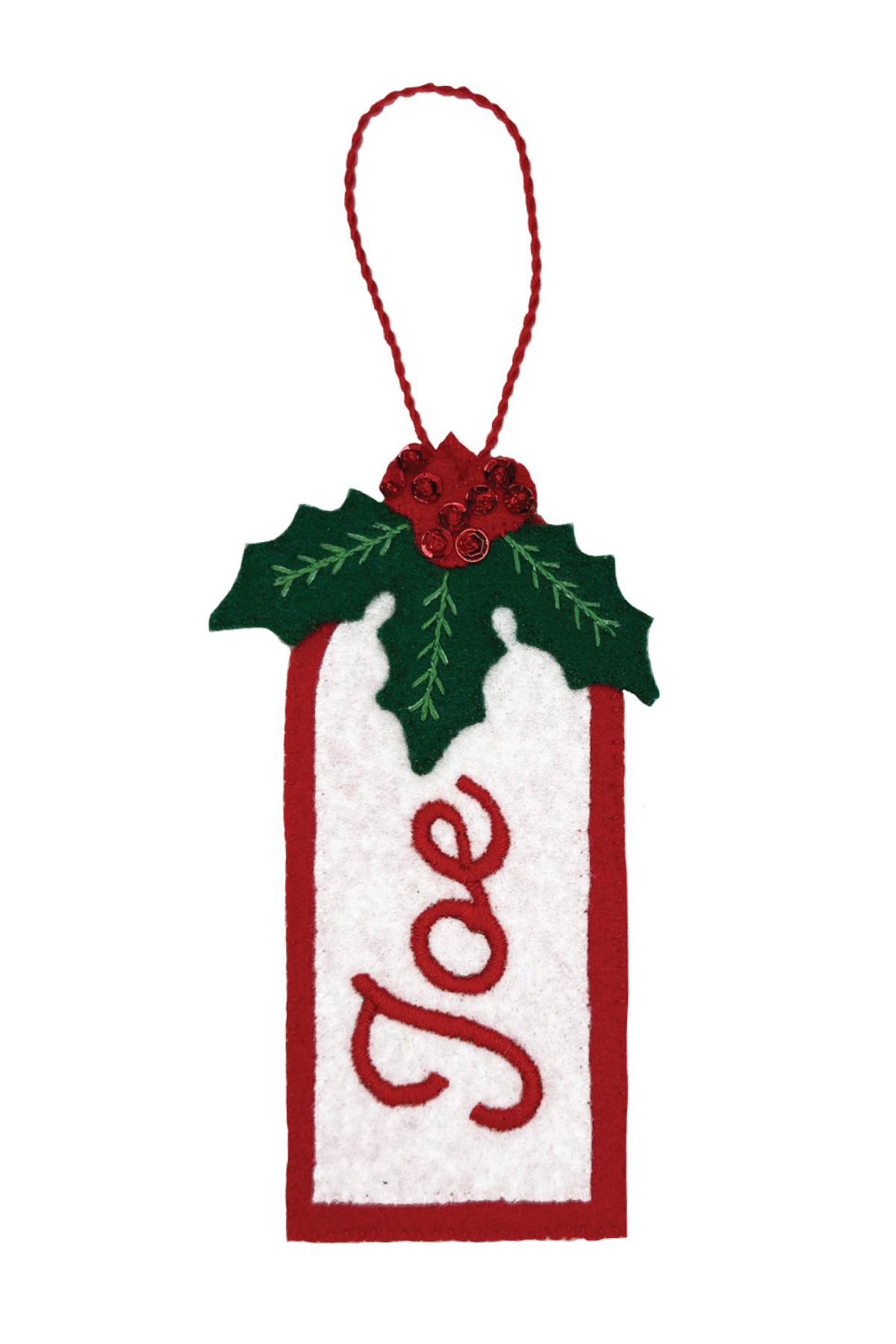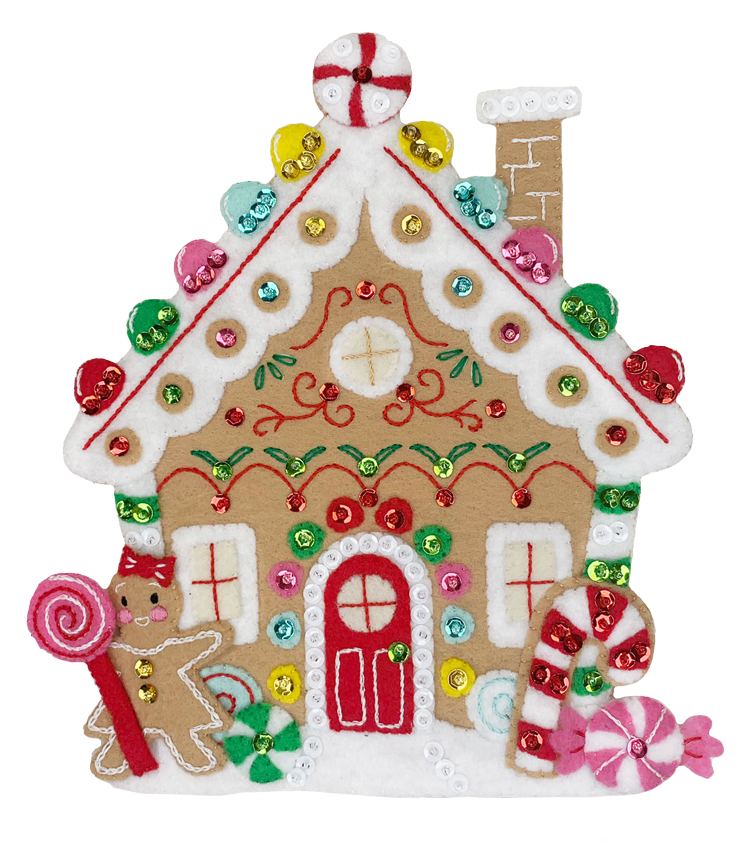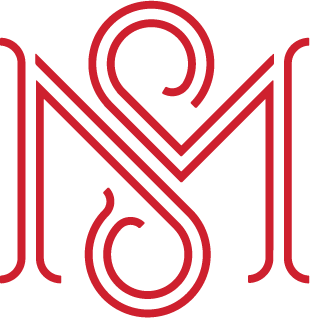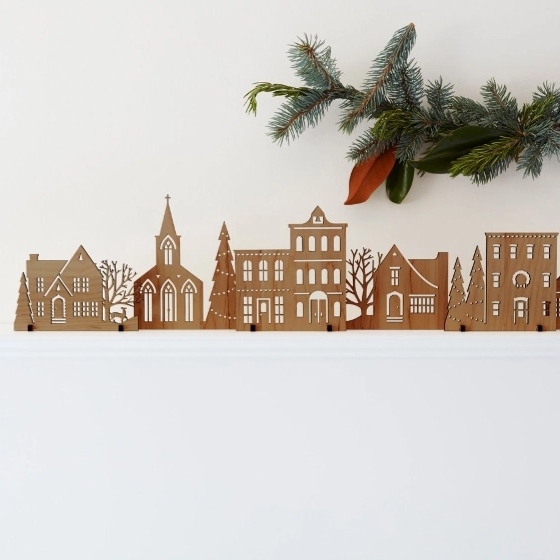Christmas in Spain

Posted on September 16, 2022
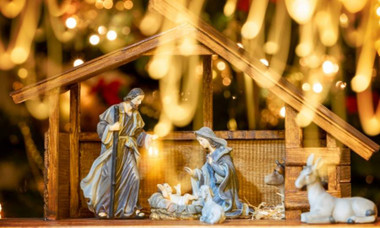
In Spain, the season of Christmas officially begins on December 8 with the Feast of the Immaculate Conception. They celebrate the Virgin Mary’s conception in the womb of her mother, Saint Anne. The city streets are decorated elaborately with lights and Manger scenes have the complete cast of characters in their homes, churches and public places. Truly anamazing sight to see!

The people of Catalonia, Spain start their Christmas season with a very surprising tradition. They set out a carved log called Caga Tio or Pooping Log. The hollowed out log has a painted face and two legs. The Caga Tio is to be "fed" every day for the next two weeks with candies, nuts and fruits. Oh, and there’s a song! If you are intrigued enough, you can watch it here! On Christmas Eve or Christmas Day, children beat the Caga Tio with sticks until it poops out the treats. One of the highly anticipated treats is Spanish nougat called turron and is usually filled with nuts and dried fruits. Just when you thought your grandma had some slightly odd traditions, there’s Caga Tio!
Christmas Eve is celebrated as Noche Buena or Good Night. While celebrating the birth of Jesus, families gather to munch on tapas, (appetizers), hearty soups and stews and rotisserie meats to round out the meal (and Uncle Manuel’s Christmas belly). There is time for exchanging gifts before Christmas Mass. Or many may attend la Missa del Gallo or Midnight Mass instead. Of course, those manger scenes that were set up at the start of the season still fill the streets!
On December 28, the Feast of the Holy Innocents, little boys light bonfires around town. One boy then acts as a mayor who orders the townspeople to do certain tasks such as cleaning windows or sweeping streets. Can’t you just picture your son or grandson having a blast acting this one out?! The boys can even collect fines from those unwilling to follow their orders! All fines collected are used to help pay for the celebrations.
Next on the Spain Christmas celebration menu is grapes. Yes, grapes! On New Year’s Eve everyone can be found gathered around the TV in homes or in the city squares counting down the New Year with bunches of grapes in hand. Tradition says in order to receive good luck in the new year, you must finish all 12 grapes as the clock strikes midnight!
And finally, to end the Christmas celebrations on January 5th, the streets fill for the Epiphany Parade. Many people eat their Epiphany cakes during the parade as is tradition. The cakes are made of a yeasted dough usually in the shape of a donut or crown symbolizing The Three Kings arrival to bring baby Jesus his presents. You may be the lucky one if you take a bite and find baby Jesus! Many cakes are baked with tiny, plastic figurines inside. Gifts are given on January 6, on the Feast of the Epiphany or it is also known as Three Kings Day. The Three Kings appear to fill kid’s shoes left out on their window sills with presents.
Learning about how other cultures celebrate Christmas is sure interesting! Maybe, hearing this makes you want to travel to Spain to indulge in how the locals celebrate someday. Or maybe this has reminded you to be thankful for all of the special ways your family celebrates the season with their unique traditions. Whatever the case may be, we wish you Happy Crafting! Let the countdown begin, only 100 days until Christmas!
